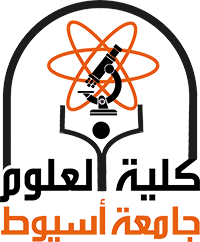Detailed field, litho-, bio-, sequence stratigraphy, and paleoenvironmental studies are carried out on the Aqabaat section, Farafra Oasis, Western Desert, Egypt. Lithostratigraphically, the Khoman Formation is here differentiated for the first time into three new distinctive members, which are easily detected at the field: the White Desert (at base), the Gunna (at middle), and the Aqabaat (at top). Biostratigraphically, six planktonic foraminiferal zones and subzones are here identified ranging in age from Maastrichtian to Ypresian. The foraminiferal indices, as well as the benthonic foraminiferal biofacies, indicated an outer neritic paleoenvironmental condition of the Maastrichtian rocks interrupted with shallowing of the relative sea-level at some intervals, especially at the upper parts. These shallowing settings are due to the impact of three syn-sedimentary tectonic events (I, II, and III), which are related to the Syrian Arc orogeny. The Tectonic Event I had a regional impact and led to form a positive structure in the sedimentary basin at the Cretaceous/Paleogene (K/Pg) boundary. The Tectonic Event II and III synchronized with the Danian/Selandian (D/S) and Paleocene/Eocene (P/E) boundaries, respectively. Four depositional sequences (SQ1–SQ4) are defined separated by four sequence boundaries (SB1–SB4) covering the Maastrichtian–Eocene sequence.
ملخص البحث
تاريخ البحث
قسم البحث
مجلة البحث
Journal of African Earth Sciences
المشارك في البحث
الناشر
Pergamon
تصنيف البحث
1
عدد البحث
Vol.175
موقع البحث
https://doi.org/10.1016/j.jafrearsci.2020.104096
سنة البحث
2021
صفحات البحث
104096

